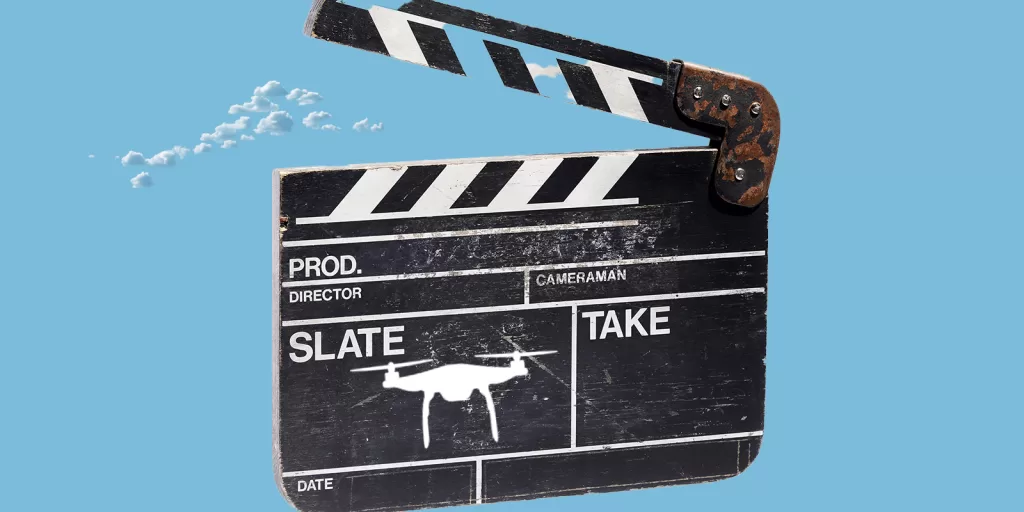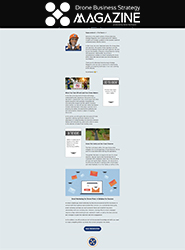
In recent years, drones, or unmanned aerial systems (UAS), have emerged as groundbreaking tools for photographers and cinematographers. These aerial platforms have revolutionized various industries, including film, television, news, and real estate photography. They enable creatives to capture breathtaking visuals from perspectives previously unattainable or difficult to achieve. Best of all, drone technology is becoming increasingly accessible, with prices that fit comfortably within many professional budgets.
In this expanded exploration, we will dive into how you can incorporate drones into your photography and cinematography, unlocking new creative potential.
Why Are Photographers and Cinematographers Turning to Drones?
Drones offer unparalleled advantages for capturing aerial photographs and dynamic B-roll footage. They simplify the process compared to traditional methods, such as crane shots or helicopter rentals, while also dramatically reducing costs. These benefits have led many to view drone photography and videography as the future of visual storytelling. Here’s how drones are reshaping the photography and cinematography landscape:
1. Unmatched Aerial Perspectives:
Drones provide a unique vantage point, capturing sweeping views that enhance the visual experience. They allow filmmakers and photographers to showcase their subjects from fresh and exciting angles, adding a layer of depth and storytelling previously unavailable.
2. Overcoming Physical Constraints
Traditional camera equipment like cranes, steadicams, and tracks have inherent limitations. Drones bypass these constraints, offering more freedom of movement and access to tight or hard-to-reach spaces.
3. Versatile Equipment Replacement
Drones can replace land-based tools such as jibs, dollies, and cranes. Their agility allows for smooth, cinematic shots, while also enabling complex movements similar to those achieved with high-end equipment like Russian Arms (camera cars).
4. Advanced “Smart” Features
Modern drones come equipped with smart technologies, such as Vision Positioning Systems (VPS) and obstacle avoidance sensors. These features make drone operation safer, more stable, and accessible even for those new to aerial cinematography.
5. Stabilization and Maneuverability
With 3-axis gimbals that stabilize the camera along yaw, pitch, and roll, drones ensure smooth, professional-quality footage. Additionally, their compact size and maneuverability make them ideal for capturing dynamic shots in a wide range of environments.
6. Cost-Effective Aerial Solutions
Compared to manned aircraft, drones are significantly more affordable, making aerial photography and videography accessible to a broader range of professionals and projects.
How Are Drones Being Used in Photography and Cinematography?
Whether you’re an experienced professional or a newcomer to drone technology, incorporating aerial footage into your work can open up a world of creative possibilities. Here’s a look at how drones are being used across various sectors:
1. Movies and Film
Drones are revolutionizing filmmaking by enabling directors to capture stunning aerial shots, fast-paced chase scenes, and complex camera movements that would be difficult or impossible with traditional methods. From sweeping landscapes to intricate fly-throughs, drones push the boundaries of cinematic storytelling.
2. Real Estate Photography
In the competitive real estate market, aerial photography is becoming essential. Drones allow agents to showcase properties from above, providing potential buyers with a comprehensive view of the land, architecture, and surrounding area. This dynamic presentation enhances property listings, making them more appealing and marketable.
3. Wedding Photography
Drones add a cinematic flair to wedding photography and videography. Capturing grand, sweeping footage from above, they create dramatic, memorable moments that elevate the overall visual narrative of the event.
4. Advertising
In the world of marketing, drones provide a unique opportunity to capture images or videos that stand out. Whether it’s a high-energy commercial or a visually stunning promotional video, drones offer marketers the ability to produce content that would be otherwise costly or difficult to obtain.
5. News Coverage
Drones are transforming how news stories are captured and reported. By eliminating the need for costly helicopters or planes, drones provide a cost-effective solution for aerial coverage. Moreover, they allow journalists to safely cover dangerous events, such as natural disasters or conflicts, by providing remote access to hazardous areas.
What to Know Before Using Drones
While drones are designed with user-friendly features, there are important considerations before embarking on your first flight. From understanding the legal landscape to managing risks, here are key factors to keep in mind:
1. FAA Rules & Regulations: The Federal Aviation Administration (FAA) has specific regulations governing drone use. For commercial purposes, operators must obtain a Part 107 license, which allows flights within the legal limits—daylight operations, no higher than 400 feet, and speeds up to 100 mph. Additionally, drones must remain within the visual line of sight of the pilot, unless a waiver is granted.
2. Costs of Setting Up a Drone Program: Commercial drone use requires more than just buying the hardware. Proper training, certification, and ongoing maintenance are necessary to ensure safe and legal operations. Organizations should carefully assess their goals and plan their drone program to maximize the return on investment.
3. Risk of Lawsuits: Accidents happen, even to the most skilled drone pilots. If a drone crashes and causes damage or injury, legal action may follow. Comprehensive training, adherence to regulations, and liability insurance are critical to mitigating these risks and protecting your business.
Conclusion: The Takeaway
Drones have become indispensable tools in the realms of photography and cinematography. Their ability to capture stunning aerial footage, overcome traditional equipment limitations, and provide cost-effective solutions is transforming how visual content is created. Whether you’re a filmmaker looking to add dynamic shots to your movie or a photographer aiming to offer clients unique perspectives, drones open up new creative horizons. However, it’s essential to approach drone use with a clear understanding of the regulations, costs, and risks involved.
With the right knowledge and preparation, you can confidently integrate drones into your work, elevating your craft to new heights.
If you have any questions, let us know! If you’d like to hire us, you can get more information here.
Written by: Tony Marino, MBA – FAA Certified Part 107 Commercial Drone Pilot and Chief Business Strategist at Aerial Northwest
Disclaimer: The information provided in this blog post is for general informational purposes only and should not be construed as legal advice.
Resources
- FAA Resources: FAA DroneZone
- Article: Drone Pilot Aerial Photography Business Plan Blueprint 2024
- Article: Top 5 Drone Pilot Marketing Channels for 2024

DRONE BUSINESS STRATEGY MAGAZINE
A free digital publication made exclusively for all small business drone pilots to them help start-up, become profitable while sustaining a competitive advantage within the drone service industry sector they opt to serve.
“If you love to fly, we’d love to have you come aboard!”
We share your information with no one. Our Privacy Policy.









Leave a Reply
Your email is always safe with us.